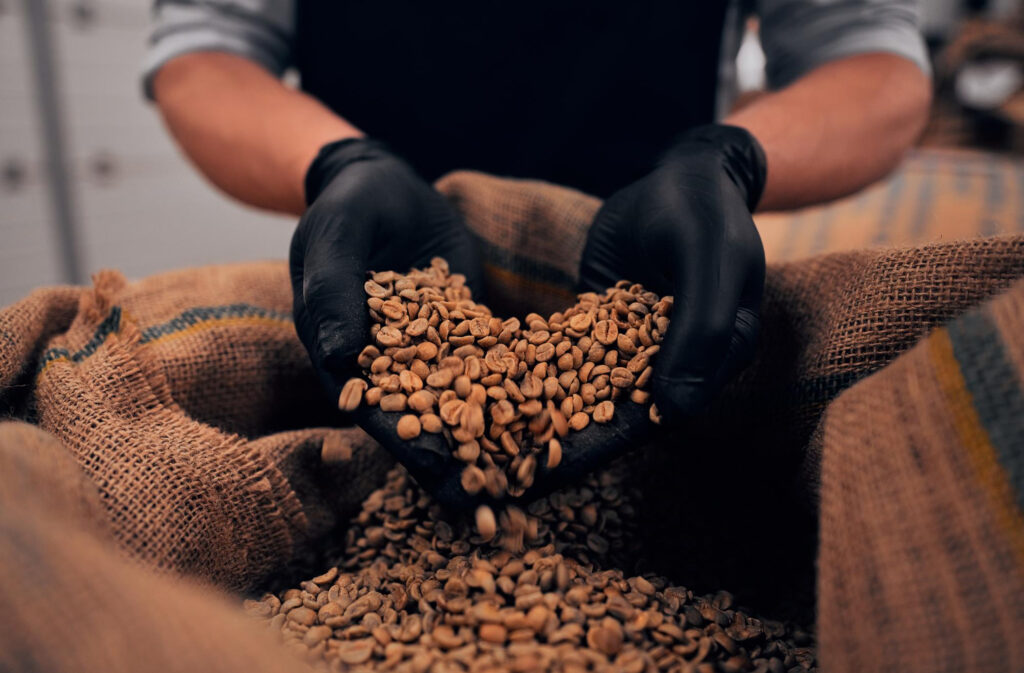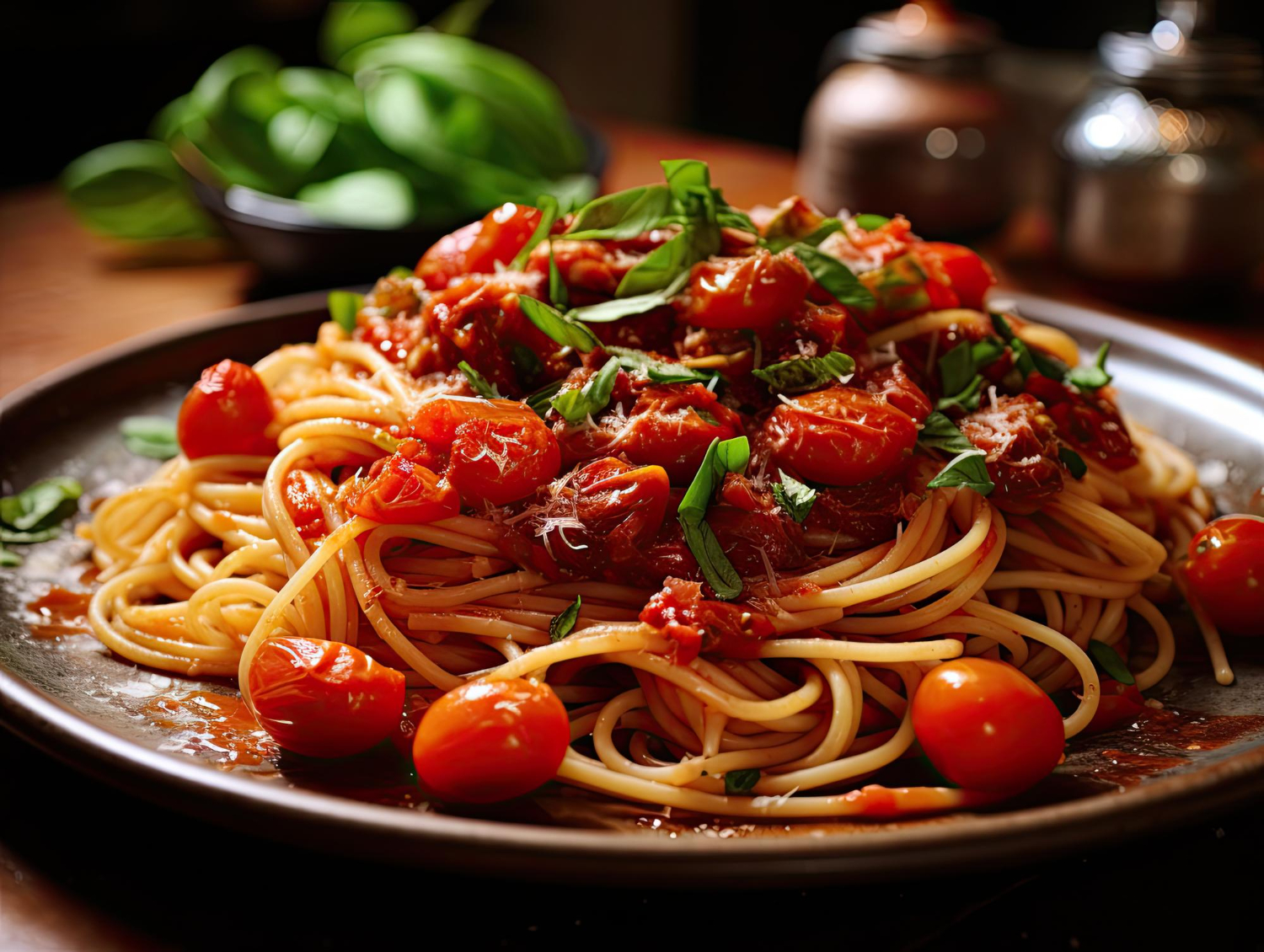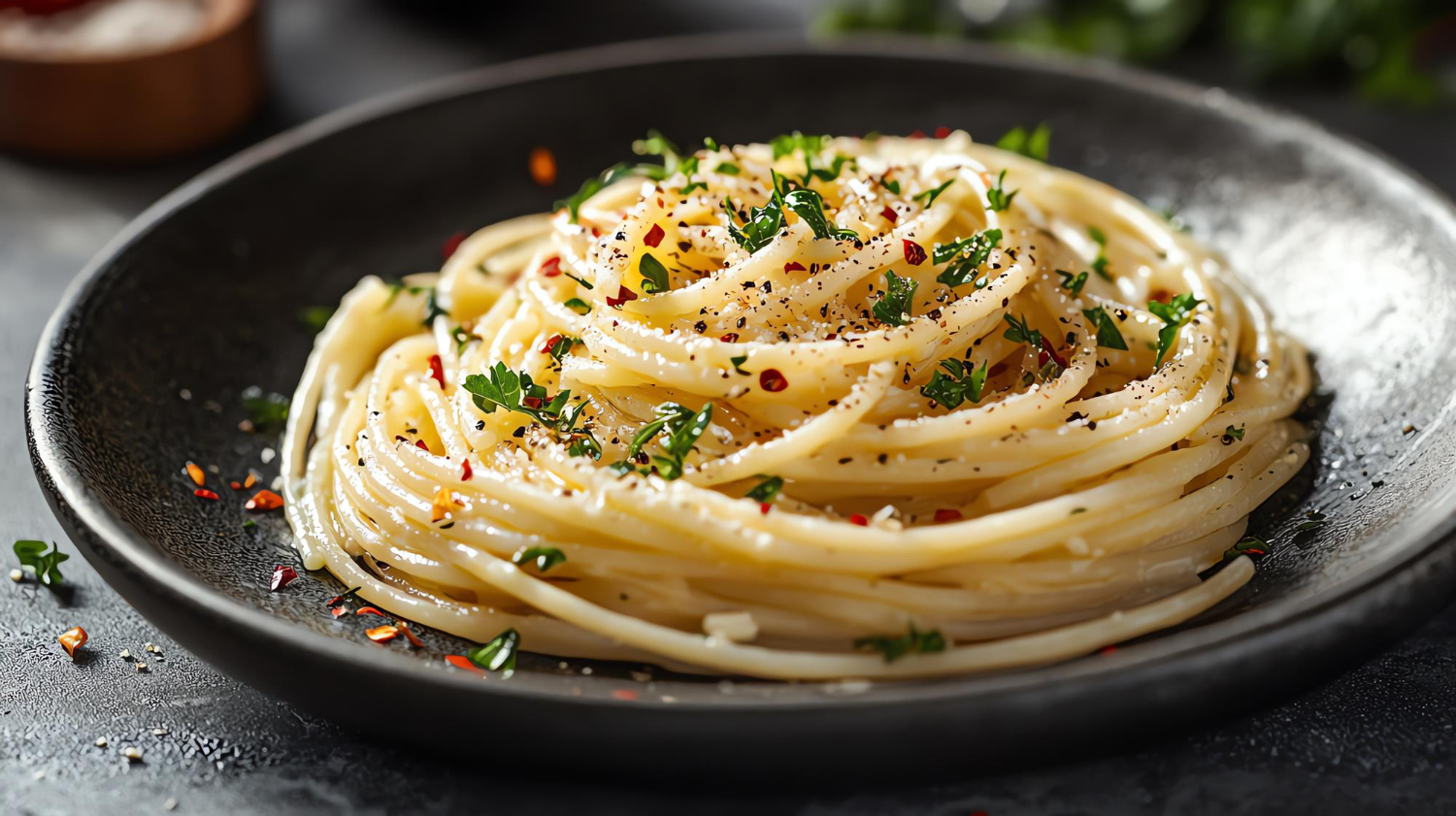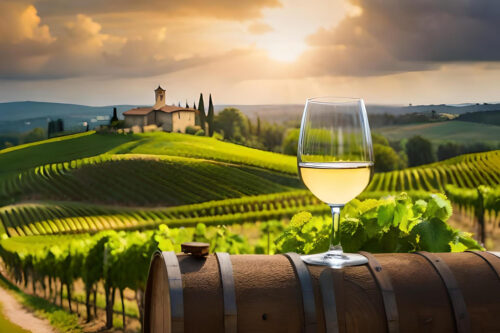Photo: Freepik
Coffee is probably the most beloved beverage in the world and it is available in many types; generally, the market is dominated by two types: Arabica (Coffea arabica) and Robusta (Coffea canephora). Knowing the basic distinctions between these two varieties can make you much more of an enthusiast when drinking your favorite hot cuppa and also help you choose the ideal coffee for your taste and preferences.
Origin and cultivation
Arabica, more popular out of the two makes up around 60-70% of the coffee produced in the world. It mainly grows in Latin America but is also found in some parts of Africa and Asia. Arabica plants usually like high altitudes generally between 600 to 2000 meters above the sea level because they are delicate and need specific climatic conditions moderate temperature, regular rainfall, and shade.

Photo: Freepik
While Robusta coffee is quite rugged and tough, its flavor profile tends to be harsh and unpalatable, with notes of rubber and raw peanuts. Just because it’s one of the biggest coffee-growing countries in the world, let’s take for example Africa, Indonesia and Vietnam Robusta beans can be produced on a majority basis. These plants are able to grow at lower levels of elevation; some regions can experience the growth at sea level or at 600 meters. They are also not easily prone to bugs and sicknesses as other Arabica plants are. This makes them be able to withstand high temperatures and other conditions that would make their farming hard.
The biggest difference between Arabica and Robusta is in their flavor profile. Arabica beans have a subtle and soft flavor, with many undertones like fruit or sugar, and even flowers. As the acidity of Arabica is considerably higher, it usually manifests a bright and strong flavor. This complexity with depth consolidated its footing as the best choice for specialty coffee as well as fine blends.
In contrast, Robusta beans have a strong after taste described as earthy and bitter with notable nut or grain notes because of the higher caffeine content, which contributes to this richness and bitterness. Therefore, due to less acidity as well as fuller body, the Robusta coffee is liked over other sorts of coffees when it comes to the flavor of the crema in espresso blends.
The former of which is a higher elevation, and the latter of which is a coarse shrub. Let’s read in detail other differences between them. Robusta vs Arabica elevation and size fact The plants are more prominent and grow up to 10 meters high, while Arabica is a small shrub of about 2-5 meters.
One of them is the Arabica and Robusta beans which are largest in the latter, oval-shaped, and with an apparent curve or “s” shape along the center crease. The former, on the other hand, is smaller, rounder with a straighter center crease.
Cost and market value
Cultivation is a bit more demanding but the taste much better regarding Arabica beans, which makes them generally more expensive—it’s the need for particular growing conditions and high susceptibility to diseases that causes higher production costs.
Simple to cultivate and cheap compared to Arabica beans making them less priced. Generally, they are associated with instant coffee, cheap blends, and espresso because of their pungency, and their utility in adding Crema to the espresso.
Conclusion
Arabica and Robusta are special and have different roles in the market of world coffee. Arabica gives taste subtleties and a pure drink to people who like coffee flavor. Robusta has a stronger, harsher taste with more caffeine which is helpful for people needing a pick-me-up or as the base in espresso drinks.
Understanding these differences allows enthusiasts to learn more and make informed choices in order to explore fully the diverse and rich world of coffee.
Source: Thirdwavecoffeeroesters.com















